Now that computers have become commonplace in law enforcement vehicles, the depth and breadth of software for the police market has ballooned. A wide variety of enterprise and standalone products are now available to help officers identify threats, manage case information, administer and schedule personnel, and perform just about any other public safety duty.
Law Enforcement Software
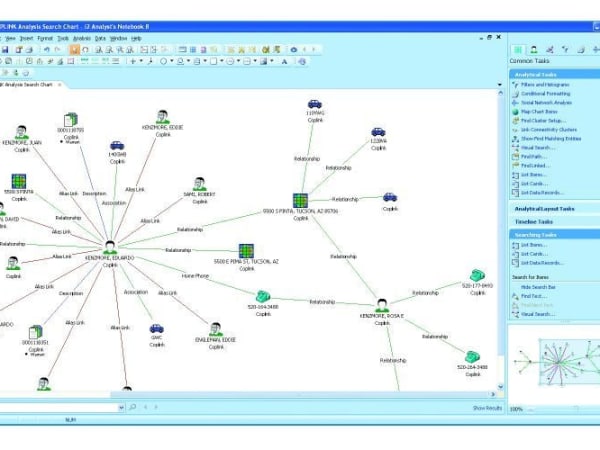
Knowledge Computing Corp. (KCC), maker of Coplink, acquired i2, maker of Analyst's Notebook, in July. The result is a powerful combination of Coplink's criminal identity database software with i2's proven crime analysis and investigative tools. Using Coplink, officers can tear through the veil of aliases used by criminals and even find their associates. Now the results can be seamlessly plugged into i2's Analyst's Notebook to close cases. The new Coplink has so many features that we can only scratch the surface in this roundup, but some of the most exciting include: facial recognition, real-time crime monitoring, automated notification, suspicious activity monitoring, and compstat analysis. There's even a mobile version.
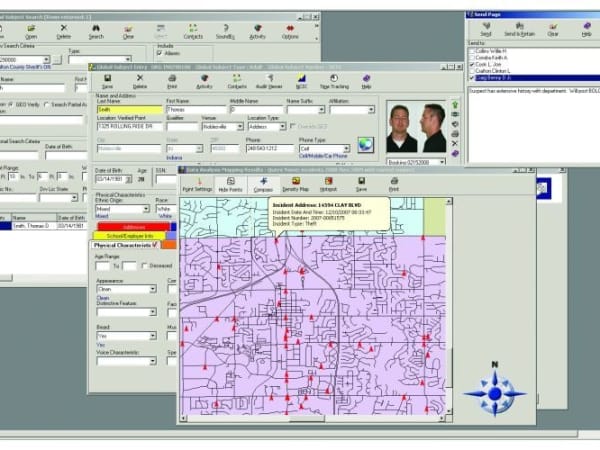
Known best for its computer-aided dispatch (CAD) software, New World Systems has also entered the records management market with Aegis RMS. The software allows offi cers and staff to streamline processes, easily perform inquiries, and automatically merge field reports. Aegis RMS provides powerful tools for both investigators and command staff, including analysis of statistical data, crime mapping, crime analysis, and ways to identify under served populations.
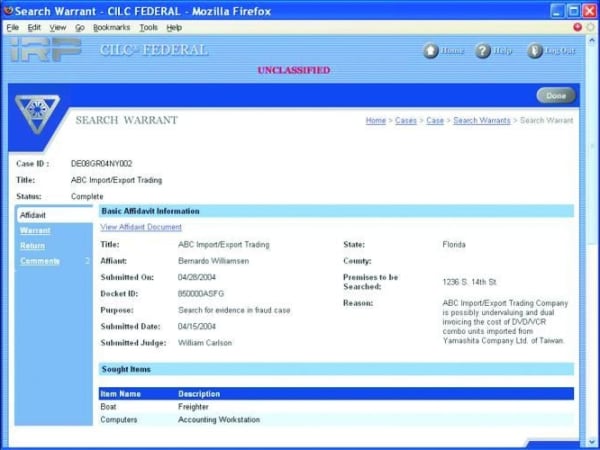
Known as CILC, IRP's Case Investigative Life Cycle was designed to help detectives manage every piece of information in their case fi les from incident scene to the final court appeal. CILC offers Web-enabled real-time case management, decreased paperwork, crime scene management, procedural reminders, timelines, and chain of custody management. In addition, the CILC Intelligence Module provides an XML tool for integrating with internal and external databases. This lets investigators send and receive information from sources such as NCIC. The CILC system can be scaled for any size of agency.
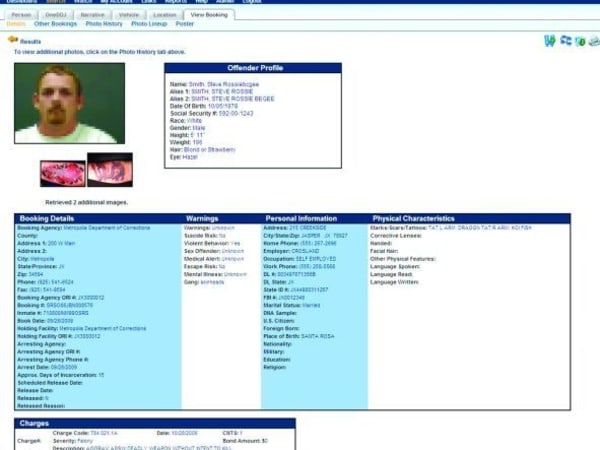
Appriss has been making law enforcement software since the mid-1990s when it developed an automatic victim notification tool called VINE. Its most recent product is an offender database tool called JusticeXchange. This tool gives you up-to-date information on booking records, incident reports, and other data from thousands of agencies nationwide. Applications for justiceXchange include: monitoring probationers and parolees, locating offenders, setting up watches for wanted persons or suspects, and locating non-compliant sex offenders.
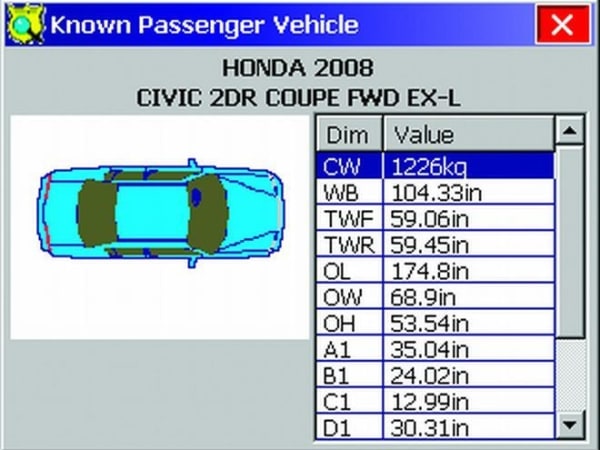
There are two components to Carlson Software's Crime Scene Investigations (CSI) software: CSI Mobile and CSI Office. Investigators can measure a crime or accident scene in the field using CSI Mobile and then take the information back to their offices and analyze and map it with CSI Office. CSI Mobile is easy-to-use and includes a lot of data useful for accident reconstruction and crime scene analysis, including a library of vehicle dimensions and common features of crime and accident scenes such as manholes, poles, hydrants, and trees. CSI Office 2010 is now built on IntelliCAD 6.6, and it offers a 3D flyover feature that allows users to view a scene in three dimensions from many angles. Reports can be exported directly as PDF files.
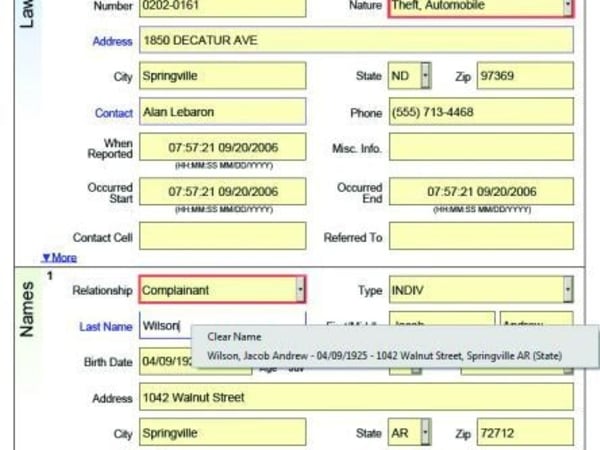
With version 4.5 of its Mobile solution, Spillman has incorporated customizable forms and drop-down menus, among other enhancements, to allow personnel to work more effi ciently in the field. Automated Field Reporting modules make it easy for offi cers to complete citations, document accidents, and conduct interviews, and then send the data electronically from their vehicle laptops to agency headquarters. Agencies can gather a range of data using Spillman's Driver License Scanning module that reads bar codes or magnetic stripes, then use the data to populate records or forms. Agencies can now also keep data private, restricting both image display and sensitive call data via dispatch.
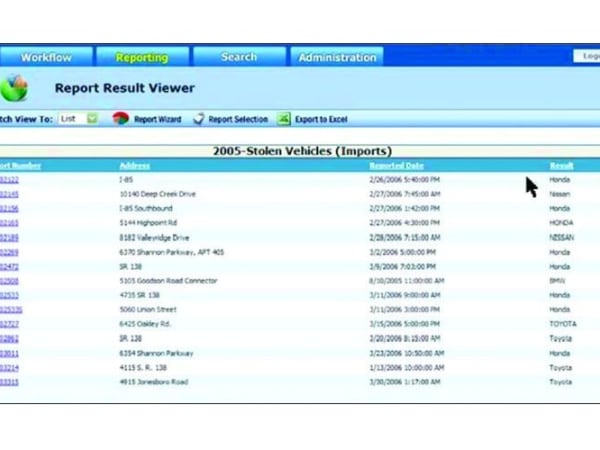
TriTech's VisiNet FBR software is a Web-based application that allows agencies to create digital versions of any forms or documents, including crash/accident reports, traffic citations, field interviews, and arrest reports. Once a form is completed, it can be automatically transmitted to a supervisor for review and filed in the agency's database. The report can later be retrieved by the supervisor using any of its fields-such as name, date, location-as search terms. In addition to its report management capabilities, VisiNet FBR also features geospatial analysis so that supervisors can monitor trends. Reports and analysis can be distributed online to the public, attorneys, and insurance adjusters.

